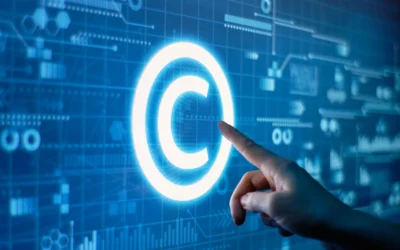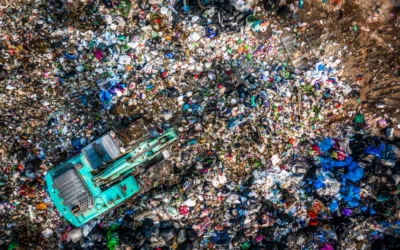The digital world often feels immaterial, a universe of ones and zeros. But behind every online ad, social media post, or PR campaign lies an energy-intensive infrastructure – one that contributes significantly to global carbon emissions. In fact, data centers, the backbone of the internet, are now responsible for more carbon emissions than the aviation industry, accounting for 2.5-3% of global emissions.
Exceptional, a UK-based marketing agency, in collaboration with Thinking Hat Media, has turned the spotlight on this issue with their report From Words to Actions: Reducing the Climate Impact of Your PR and Digital Marketing Activity. The report and its findings offer actionable insights for brands and agencies to curb their environmental footprint.
A Hidden Contributor to Climate Change
When we think of emissions, industries like energy or transport often come to mind. But as Charlie Stewart a Content Strategist from Exceptional points out, the UK’s service-based economy means digital activities play an outsized role in carbon emissions. “The impact of data centers has a huge impact on the country’s overall carbon emissions,” says Stewart, adding that many remain oblivious to this connection.
The internet’s energy demands stem from three main sources: data centers, end-user devices, and the networks transmitting data between them. Activities like running ad campaigns, creating online content, or even sending emails all contribute. According to the report, cutting down on unnecessary digital activities could make a significant difference. For instance, if every Brit sent one fewer “thank you” email a day, it would save 16,433 tonnes of carbon annually – equivalent to 81,152 flights to Madrid.
Efficiency as a Strategy
One of the key takeaways from the report is the importance of efficiency. Marketing often adopts a scattergun approach – blasting messages widely in the hope of reaching the right audience. This is not only ineffective but environmentally costly. Stewart advocates for a shift in mindset: “By helping clients find the platforms and messaging that reach their audience as directly as possible, we make campaigns both more effective and less resource-intensive.”
Adopting this efficiency-driven model could involve using smaller, more energy-efficient file formats like WebP for images or optimizing video content to reduce data loads. Similarly, avoiding low-engagement platforms and focusing on high-attention ad placements can reduce emissions while improving outcomes. Research cited in the report shows that optimizing ads for attention time can cut emissions by up to 63%.
Greenwashing and PR’s Dual Role
PR and marketing are powerful tools, capable of shaping narratives and driving change. However, they also come with the risk of greenwashing – misleading claims about sustainability. Stewart acknowledges the history of the PR industry in coining terms like “carbon footprint” to deflect responsibility. Yet, he sees potential for good: “PR can amplify the positive actions of companies genuinely committed to reducing their impact.”
To avoid greenwashing, the report advises transparency and evidence-based claims. Certifications like B Corp status or science-based decarbonization targets lend credibility. But ultimately, actions must speak louder than words. “Your green achievements need to be as good as you say they are,” the report warns.
Practical Steps for Marketers
The report outlines a practical three-step checklist for companies looking to reduce their marketing emissions:
- Campaign Efficiency: Focus on targeted, high-impact campaigns instead of broad, inefficient ones. Minimize data use and prioritize quality over quantity.
- Sustainable Providers: Partner with green-certified data centers and ensure supply chains align with sustainability goals.
- Technology Choices: Opt for energy-efficient formats, reduce unnecessary intermediaries in ad delivery, and streamline digital operations.
These steps are simple yet powerful. As Stewart highlights, even small changes, like compressing images or using lightweight JavaScript libraries, can significantly reduce energy consumption.
A Call to Action
While the report acknowledges systemic challenges in decarbonizing the digital economy, it emphasizes that change is possible. Stewart reflects: “The digital world’s material impact is growing, and we need solutions with the same urgency as in other sectors. Step one is understanding the scale of digital carbon emissions.”
Marketers and PR professionals have a unique opportunity – and responsibility – to lead this change. By rethinking strategies and adopting sustainable practices, the industry can play a critical role in the fight against climate change. The tools are available, and the time to act is now.
For those interested in diving deeper, From Words to Actions is available at exceptional.marketing/digital-sustainability. As the report concludes: “Together, let’s keep finding new ways to reduce our impact, make a positive difference, and work towards a more sustainable future.”
An audio podcast version of the interview with Charlie Stewart is also available on Climate Solutions News’ podcasts on:
Spotify
Apple Podcasts
Acast




